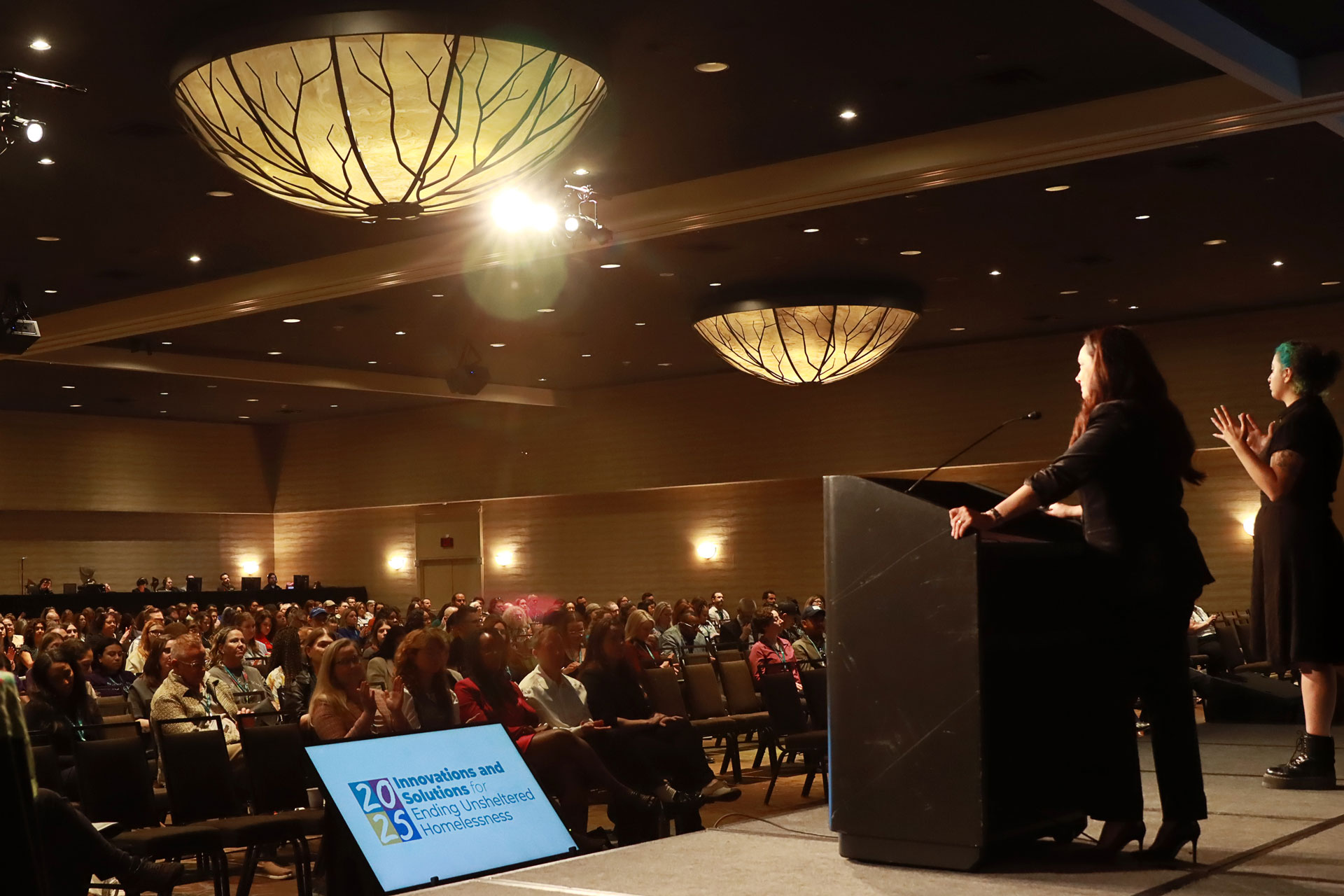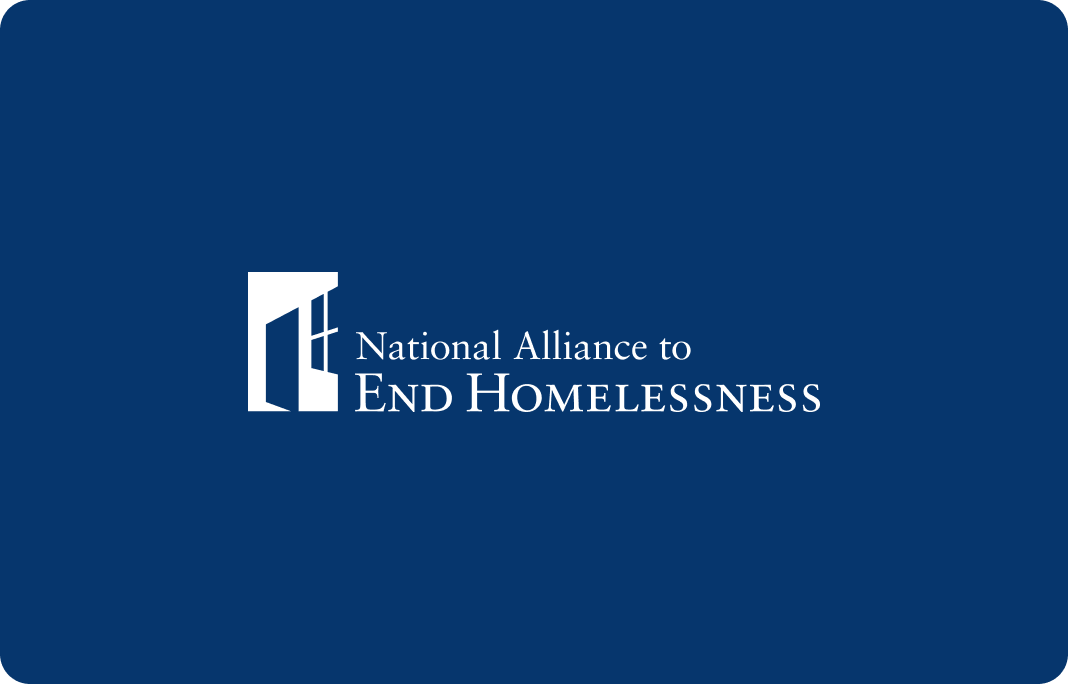Programs aimed at preventing homelessness have become increasingly popular in communities due to new funding sources, a desire to reduce costs to the homeless assistance and other systems, and the belief that providing short-term financial assistance upfront can prevent a homeless episode. Many communities used Homelessness Prevention and Rapid Re-Housing Program (HPRP) funds to create their prevention programs.
Under HPRP, communities were advised to serve the households that would become homeless without the receipt of this assistance and would also be completely stable in permanent housing afterwards. Communities faced a daunting task in accurately identifying households that fit this description. An additional hurdle to figuring out proper targeting techniques was that determining the success of prevention efforts was difficult due to the need to follow up with recipients.
It should come as no surprise, then, that communities have struggled to find the most effective targeting threshold. While good targeting may seem difficult, it is possible. By using an approach driven by local data, communities can use their prevention funds more efficiently to resolve housing crises. This brief is a concise “how-to” guide on how communities can begin or improve efforts to identify and effectively assist the households who are most likely to become homeless and serve them appropriately.
Stay Updated: Solutions, Stories, and Ways to Make an Impact
Sign up to receive updates on the Alliance’s work, including the latest research, advocacy efforts, and real stories of progress — plus ways you can help drive lasting change.











